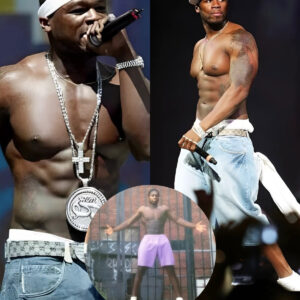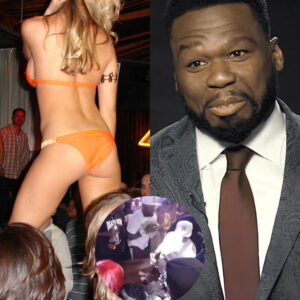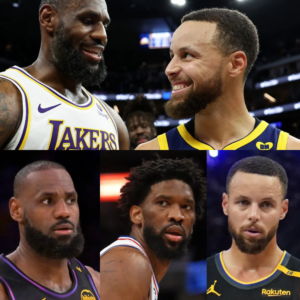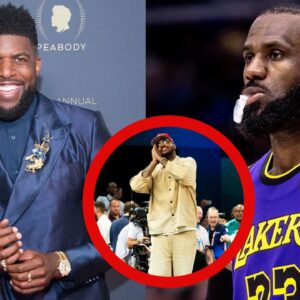On her new album, Cowboy Carter, Beyoncé puts a new spin on Dolly Parton’s classic song, “Jolene.” Though the album has achieved critical acclaim and commercial success from the start, it has also attracted some pushback.
It’s only natural that Beyoncé’s cover version would be compared to the 1973 original. Some people commenting online were vocal about not liking Beyoncé’s version, often citing its lack of vulnerability when compared to Parton’s version.
But is vulnerability essential to the tale of “Jolene”? There are upwards of 80 covers of “Jolene,” but Beyoncé’s is a departure from the rest.
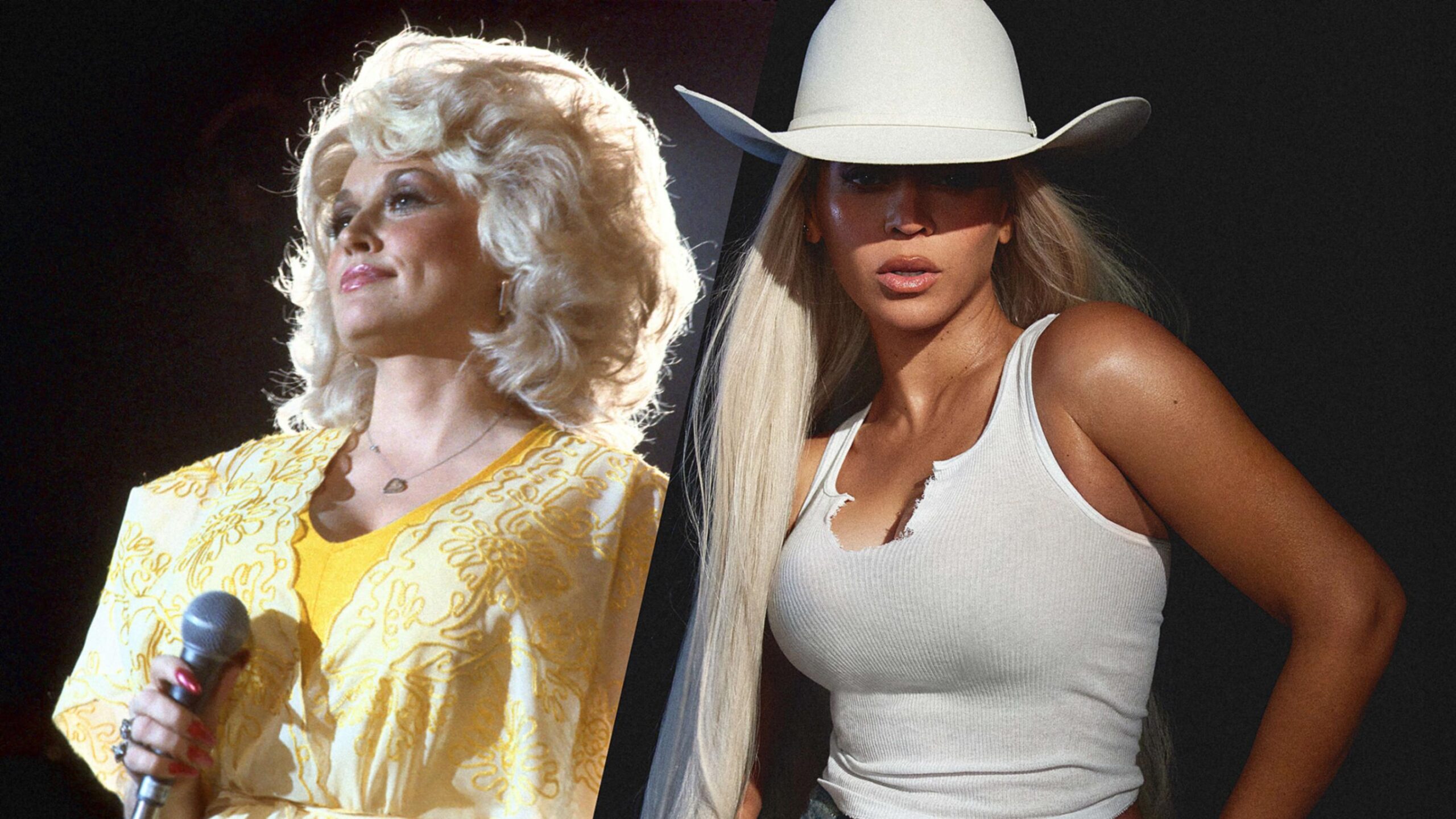
With significant lyrical changes, an added bridge and the voice of male country singer Willie Jones, the 2024 “Jolene” has a very different attitude. The Houston native’s “Jolene” is decidedly Black, and therein lies the crux of the different reactions toward the song.
Both versions of “Jolene” are about dealing with the threat of infidelity. It is important to examine the story Dolly Parton tells on “Jolene” because it, too, is rooted in her racial and gendered identity as much as Beyoncé’s “Jolene” is. But whiteness often goes unremarked upon.

The country genre is famed for storytelling and in this play between two white women, Parton is negotiating with the Jolene character based on conventions of the white Southern womanhood and the gentility expected (or performed).
The traditional Southern belle femininity adheres to strict gender roles. She is a woman who is demure, chaste, and charming. Think Scarlett O’Hara of Gone with the Wind or even Blanche Devereaux from The Golden Girls.
Parton is guileless as she charms Jolene with flattery about her beauty and ability to have any man she likes. Parton pleads, justifying the years she has invested in him and stresses that she will never love again.
The contrast between Parton and Jolene’s aesthetics are meant to convey a stark distinction in beauty and insecurity. Parton is blonde and blue-eyed, an archetypal beauty that is associated with purity and innocence.
While Jolene is fiery and wayward, with her auburn hair and her envious green eyes. But it’s hard for me to think that Parton’s self-effacing isn’t a pointed performance of white, Southern belle femininity.
In her words, you have to read a little deeper to understand what is really going on. Tension is at the core of “Jolene.” As linguistic anthropologist Marcyliena Morgan writes about Southern language, Parton is confined in that genteel white femininity, unable to transgress its boundaries with even a hint of anger. She made this song at a time when the feminist movement was at its second-wave peak, but many white women in the South were politically conservative and saw the movement as a threat.
HOW IS BEYONCÉ’S STORY THE SAME BUT DIFFERENT?
Beyoncé’s song changes the story and takes it further. Toward the end of the song, Beyoncé and her partner turn a corner and offer hope against the disruption that Jolene represents.
Beyoncé gets a boost from her husband’s help, this is communicated via an African American call and response motif where they express to Jolene their commitment to each other.
Beyoncé’s “Jolene” is introduced by Dolly Parton herself in a short interlude. Parton makes a clear association between her experience with “Jolene” and Beyoncé’s experience with “Becky with the good hair” (or “hussy” as Parton says).
In African American language, a “Becky” is a white woman. But the term has evolved to encompass racially ambiguous women with European or Asian features, lighter skin, and loose curls or straight hair.
The Becky in “Jolene” recalls the woman referenced in “Sorry,” a track on the Lemonade album, where Beyoncé identifies a woman her husband is cheating with.
Beyoncé employs a lot of what linguistics academic Alexis McGee terms African American women’s language (AAWL), or culturally familiar terms to Black Southern women. “You’re a bird” (a shallow, temporary romantic interest), “you don’t want no heat with me”, “you don’t want this smoke”, and “I hate to have to act a fool,” among others. The entire song is rooted in AAWL.
News
Fan Runs Up on 50 Cent While Performing and Gets Tackled by Security Read More: Fan Runs Up On 50 Cent While Performing, Gets Tackled by Security – XXL | https://www.xxlmag.com/50-cent-fan-tackled-security/?utm_source=tsmclip&utm_medium=referral
50 Cent was charged at by an overeager fan during a recent show in Chicago, but luckily security was able to intervene before he got too close to…
Madonna reacted strongly to 50 Cent calling her ‘ma’am’ and criticizing the lip-syncing video
Madonna was spotted jetting into the Big Apple on Sunday, several days after 50 Cent reignited their feud. The pop icon, 64, was bundled up in a black down…
Rick Ross Gets At 50 Cent For Tying Diddy To 2Pac’s Murder
50 Cent has been tying Diddy to 2Pac’s murder ever since Keefe D was arrested for it last month. Rick Ross has a problem with this, and he called…
50 Cent looks back on his pre-fame days in a decrepit house and torn shirt
50 Cent has been a superstar ever since his 2003 debut album Get Rich Or Die Tryin’ sold 872,000 copies in its first four days, but his latest post sees…
Ed Lover Says 50 Cent Is “Stepping Over The Line” With His Endless Diddy Jokes
Diddy’s recent legal woes have gotten to the point where social media users have coined the phrase “No Diddy” to be used in place of “pause,” and fantasy booked…
‘Scumbag’ 50 Cent slammed for taking money back from a stripper at New York club
The US rapper was enjoying a night at Angels strip club in Queens, New York CRITICISED: US RAPPER 50 CENT FACED A BACKLASHGETTY IMAGES FOR COACHELLAEMMA POWELL7 AUGUST…
End of content
No more pages to load



